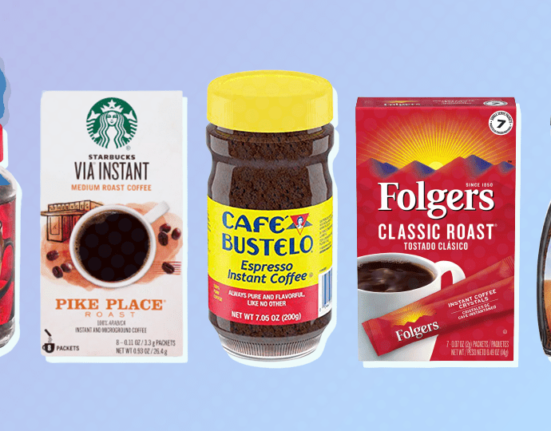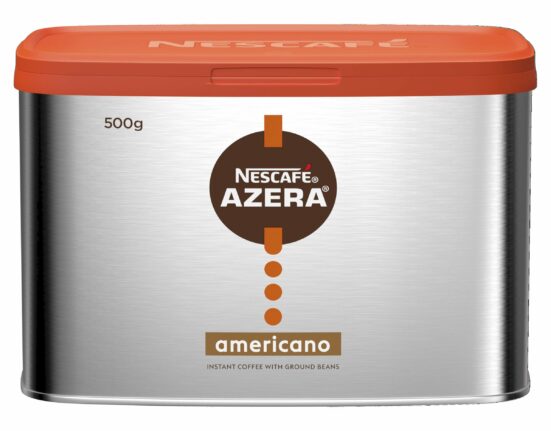The Intersection of Aesthetic and Sensory: Coffee Food Images with Dark Backgrounds
In the realm of photography, particularly in food photography, the aesthetic presentation of the subject often plays as crucial a role as the subject matter itself. Coffee, as a product that has aged gracefully through the annals of human culture, has become a quintessential model for those who aim to capture not merely the beverage but the experience it promises. Coffee food images, especially those set against dark backgrounds, challenge the viewer to reconsider their relationship with this beloved beverage. They engage the senses and provoke a visceral response, transcending mere visual representation to become an art form in their own right.
The contrast of light and dark in photography elicits emotions, guiding the viewer’s perception while simultaneously highlighting the rich textures and nuanced colors present in the food and drink. Dark backgrounds serve not just a functional purpose but a symbolic one. They add depth and gravitas, evoking the serene atmosphere of a café at dusk or the intimacy of a shared moment over steaming mugs. This exploration delves deeply into the myriad intricacies that emerge when coffee food images are set against such dark backdrops, revealing profound implications not only for aesthetic appreciation but also for cultural critique.
Exploring the Artistry of Darkness: The Background’s Role
The choice of a dark background is not casual; it is an intentional artistic decision, deeply rooted in the psychological effects of color contrast. Dark tones can create a sense of elegance and sophistication, lifting ordinary coffee experiences to the realm of art. The interplay of shadows accentuates the curvature of coffee cups, the frothiness of lattes, and the smooth surface of freshly poured black coffee, all inviting viewers to not just look, but to feel.
Cultural understandings of darkness differ widely across societies, but in the context of coffee, it has come to symbolize a blend of comfort and complexity. This duality can be seen in the way coffee is historically intertwined with social rituals—providing warmth and connection, while also leading to contemplations on themes of indulgence and even addiction. The images serve as a direct challenge to the viewer: Are you simply here to enjoy? Or are you willing to engage with the complexities that a cup of coffee can provoke?
Attention to Detail: The Significance of Composition
The composition of coffee food images against a dark expanse has ramifications beyond aesthetic appeal. Each element in the frame becomes an intentional choice—coffee beans scattered like punctuation marks, steam rising in ethereal swirls, and the delicate drip of liquid embodying the transient nature of experience itself. This visual language communicates an intricacy that elevates the ordinary act of coffee consumption to an engaging narrative, asking the viewer to decipher meaning while savoring each detail.
Consider the practice of contrasting textures. The smooth, glossy surface of a neatly poured espresso exudes a different sensibility than the rough, knotted wood of a rustic table. Herein lies a deeper discourse; the dark background functions as a unifying element, creating context for each nuanced narrative. It transforms disparate objects into a cohesive story—one where every sip taken is imbued with reverence for the craftsmanship of both nature and culture.
This intricacy invites a heightened awareness of the sensory experience, urging the viewer to partake in a dialogue that transcends the visual. The journey begins with the eye, but it soon extends to include olfactory and taste sensations, once again confronting the viewer: Is your experience with coffee surface-level or something deeper? Are you engaging with the history, the quality, and the multitude of voices behind each cup, or are you merely consuming?
Illuminating Symbolism: What Coffee Represents
In delving into coffee food images against darker backgrounds, it becomes increasingly essential to address the inherent symbolism of coffee itself. Coffee is not merely a beverage; it stands as a representation of global interconnections, socio-economic frameworks, and even the awakening of consciousness. The act of consuming coffee often coincides with moments of political dialogue, artistic creation, or moments of quiet reflection. It evokes a rich tapestry woven from the narratives surrounding trade, labor, and environmental issues—all of which deserve recognition within the visual discourse.
Focusing on dark backgrounds, photographers harness the imagery of Java as something more than a caffeine fix; it symbolizes toil and triumph. Photographs may invoke the toiling hands of farmers who cultivate these beans, alongside the silent observer enjoying the fruits of this labor. This juxtaposition cultivates a space wherein ethics and aesthetics intertwine, prompting critical engagement with the global economy. It asks the viewer to confront uncomfortable truths—who are we really benefiting in this exchange?
This confrontation is vital. It places the viewer in the position of an agent capable of making ethical consumption choices. The visual artistry of coffee food images adorned in darkness becomes a lens through which one can examine their own consumption practices and the multitude of narratives that exist alongside their favorite beverage.
Concluding Thoughts: A Challenge to Engage Beyond Aesthetics
The magnetism of coffee food images juxtaposed with dark backgrounds transcends mere aesthetics; it transforms into an invitation—a challenge to engage intellectually and emotionally with the complexities intertwined with these images. As the viewer, one must navigate the rich textures of dialogue surrounding consumption, culture, and ethical reflection. Coffee as an image, an experience, and a cultural touchstone requires no less than our active participation in its story.
So, the next time you find yourself drawn into the swirling depths of a coffee food image, pause. Engage with the questions it provokes. Reflect on your own relationship with coffee and what it represents to you, not just as an individual but within the greater tapestry of society. The aesthetics are merely the gateway; the true challenge lies in what lies beyond.








Leave feedback about this